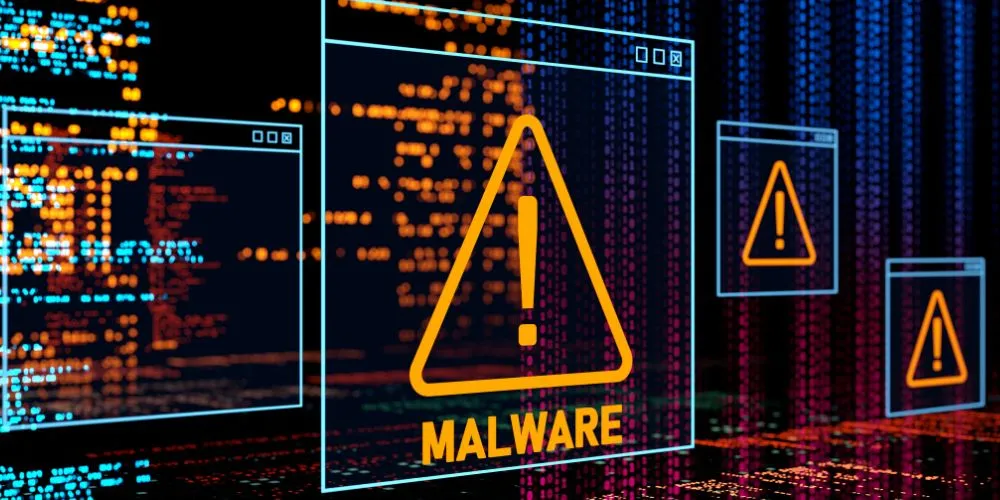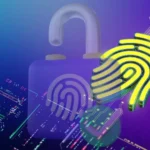Malware, short for malicious software, has emerged as a relentless and pervasive threat in our interconnected digital landscape. In a world where our reliance on technology is ever-increasing, understanding malware, its various forms, and how to protect ourselves is paramount. This comprehensive exploration delves into the realm of malware, uncovering its significance, methods of infection, and strategies for safeguarding your digital world.
The Significance of Malware
Malware represents a formidable shift in the landscape of cybersecurity. These malicious software entities, created with ill intent, substantially threaten individuals, businesses, and even governments. Understanding the significance of malware is the first step toward protecting ourselves from its potentially devastating consequences.
Types of Malware
Malware comes in various forms, each designed for specific purposes. Common types include viruses, worms, Trojans, ransomware, spyware, and adware. Each of these has distinct characteristics and behaviors, making it essential to comprehend the differences and the risks they pose.
Methods of Infection
Malware infiltrates systems and devices through a multitude of vectors. Email attachments, infected websites, malicious downloads, and even physical media can be gateways for malware. Understanding these infection methods helps users recognize potential threats.
Consequences of Malware
The consequences of a malware infection can be severe. From data theft and financial loss to system crashes and compromised privacy, malware can wreak havoc on personal and professional lives. Recognizing these potential outcomes underscores the importance of proactive protection.
Strategies to Safeguard Against Malware
Protecting yourself and your digital assets from malware requires a proactive approach and a combination of security measures.
Antivirus and Antimalware Software
Installing reputable antivirus and antimalware software is the foundational step in safeguarding your devices. These programs continuously scan for and neutralize known malware, preventing it from causing harm.
Regular Software Updates
Keeping your operating system and software up to date is crucial. Malware often exploits vulnerabilities in outdated software. Regular updates patch these vulnerabilities and enhance your system’s security.
Safe Browsing Practices
Practicing caution while browsing the internet is vital. Avoid clicking on suspicious websites or links, refrain from opening unsolicited email attachments, and only download files from trusted sources. These practices reduce the risk of encountering malware-infected content.
Email Security
Implement robust email security practices, such as using strong, unique passwords, enabling two-factor authentication, and employing email filters to screen for potentially malicious content. Secure email practices can prevent malware from infiltrating your system through email-based attacks.
Data Backup
Frequent data backups ensure that even if malware strikes and encrypts or deletes your data, you can restore it without succumbing to ransom demands or suffering significant losses. Regularly back up your important files to secure offline storage.
The Evolving Landscape of Malware
As technology advances, so does malware. Understanding how malware evolves is essential to stay ahead of cyber threats.
Polymorphic and Metamorphic Malware
Modern malware is becoming more sophisticated, with some variants adopting polymorphic and metamorphic characteristics. Polymorphic malware changes its code’s appearance every time it infects a new host, making it challenging for traditional antivirus solutions to detect. Metamorphic malware undergoes complete code transformations with each iteration, enhancing its stealthy nature.
Targeted Attacks
Malware is increasingly employed in highly targeted cyberattacks, targeting specific individuals, businesses, or institutions. These attacks are often designed to remain undetected for extended periods, emphasizing the need for advanced threat detection systems capable of recognizing subtle, ongoing threats.
Mobile Device Threats
The proliferation of smartphones and tablets has expanded the reach of malware to mobile devices. Mobile malware can steal personal information, spy on users, or render devices unusable. To protect against mobile threats, use reputable mobile security apps and practice safe app downloading habits.
Conclusion
Malware is not just a nuisance but a pervasive threat that can have far-reaching consequences in our digitally connected world. Its significance lies in its ability to exploit vulnerabilities, compromise security, and disrupt lives. Individuals and organizations can fortify their digital defenses by understanding the types of malware and infection methods and employing protective strategies.
The evolving landscape of malware necessitates ongoing vigilance and investment in cybersecurity measures. In a world where our digital lives are increasingly intertwined, the power to protect ourselves from malware lies in our hands, and a proactive approach is our strongest defense against this persistent threat.










